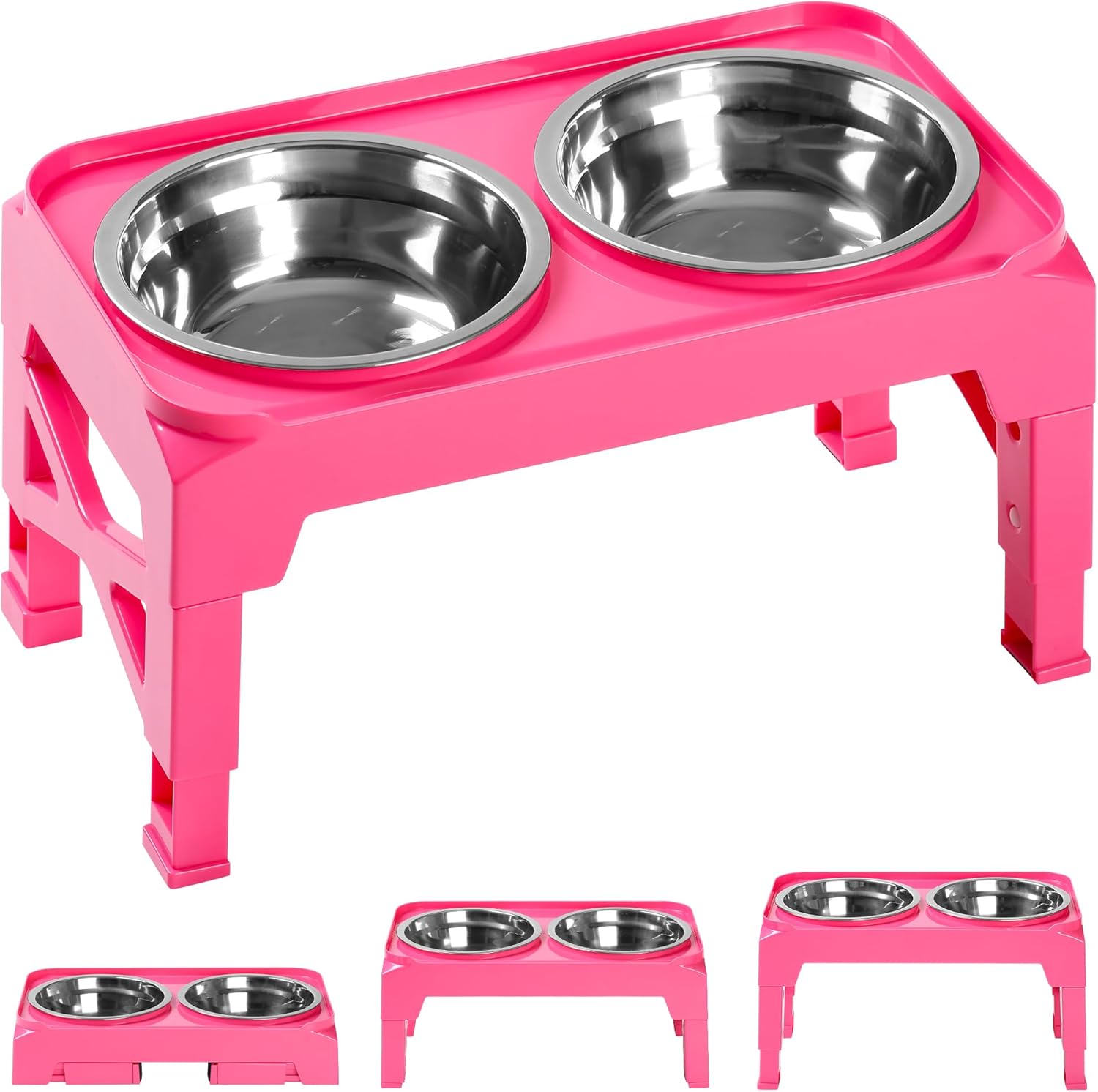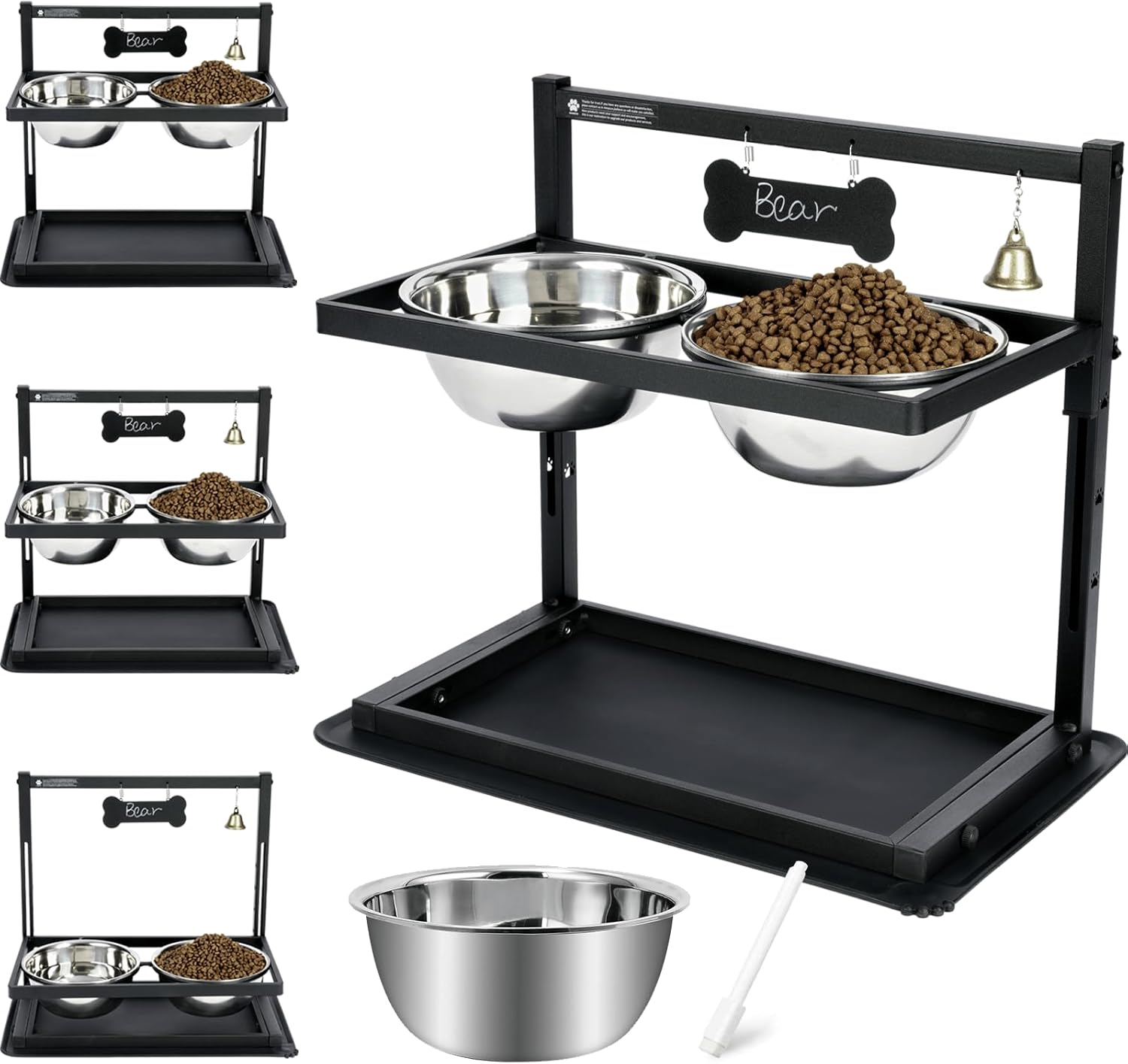How to Trim Your Dog’s Nails Safely and Effectively
Introduction:
Trimming your dog’s nails is an essential part of pet care, helping to keep their paws healthy and prevent painful overgrowth. However, many dog owners find the process intimidating, worried about causing their dog discomfort or even cutting into the quick (the sensitive part of the nail). With the right tools, techniques, and a calm approach, nail trimming can be an easy and stress-free task for both you and your dog.
In this guide, we’ll walk you through everything you need to know about trimming your dog’s nails safely and effectively. From choosing the right tools to mastering the technique, we’ve got you covered.
Why Regular Nail Trimming is Important:
Before diving into the process, let’s first discuss why regular nail trimming is so important:
- Preventing Pain and Injury: Long nails can cause discomfort and may even lead to injuries, such as torn nails or paw trauma.
- Avoiding Overgrowth: If a dog’s nails grow too long, they may curve into the paw pads, causing pain and potential infections.
- Maintaining Proper Posture: Long nails can affect your dog’s posture and gait, which can lead to joint pain or other mobility issues over time.
- Preventing Damage to Furniture and Flooring: Untrimmed nails can scratch up your furniture, flooring, or your skin when your dog jumps up or runs around.
Tools You’ll Need:
To trim your dog’s nails safely, you’ll need the right tools. Here’s a list of essential items:
-
Nail Clippers/Trimmers:
- Guillotine Clippers: These are easy to use for small to medium-sized dogs.
- Scissor Clippers: These are ideal for large dogs or dogs with thick nails.
- Grinders (Dremel): A rotating tool that sands the nails down smoothly, providing an alternative to traditional clippers.
- Styptic Powder: This is a powder you can use to stop bleeding if you accidentally cut too deep and nick the quick.
- Towel or Blanket: To help wrap up a nervous dog and keep them calm and still.
- Treats: Rewards help make the experience positive for your dog and can be used as motivation during training.
Step-by-Step Guide to Trimming Your Dog’s Nails:
1. Get Your Dog Comfortable:
Before starting, it’s essential to help your dog feel comfortable with the process.
- Create a Calm Environment: Choose a quiet, comfortable space where you and your dog can focus. It helps to do this in a well-lit area.
- Get Your Dog Used to Handling Their Paws: Start by gently touching your dog’s paws regularly, so they get used to the sensation. If your dog is nervous, take this process slow, giving them treats and praise.
- Position Your Dog Properly: For most dogs, sitting on the floor or placing them on a grooming table works best. Ensure they are calm and relaxed before proceeding.
2. Inspect the Nails:
Take a close look at your dog’s nails to identify the quick, which is the sensitive part that contains blood vessels and nerves.
- Light-Colored Nails: It’s easy to spot the quick in light-colored nails, as the quick is pink and visible through the nail.
- Dark-Colored Nails: For dark nails, be more cautious, as the quick is not visible. Trim small amounts at a time to avoid cutting too deep.
3. Choose the Right Clipper:
Pick the right nail clipper for your dog’s size and nail type. Smaller dogs often do well with guillotine clippers, while larger dogs may require scissor-type clippers or a grinder.
4. Trim the Nails:
When trimming, be careful not to cut too close to the quick. Here’s how:
- Cut Small Sections: Trim small amounts of the nail at a time. For light-colored nails, avoid getting too close to the pink part. For dark nails, trim just the tip, working in small increments.
- Angle of the Cut: Aim to make a straight cut across the nail. Try to avoid cutting at an angle, as it may cause splitting.
- Use the Grinder (Optional): If using a grinder, gently file the nail down to a safe length. Move in short bursts to prevent overheating the nail.
5. Handle the Quick:
If you accidentally cut the quick, don’t panic.
- Apply Styptic Powder: If bleeding occurs, use styptic powder to stop the bleeding immediately.
- Keep Calm: Reassure your dog by offering calm strokes and treats. Continue with the nail trimming process once the bleeding stops.
6. Reward Your Dog:
After each nail is trimmed, reward your dog with a treat, praise, and petting. This will help them associate nail trimming with positive reinforcement.
Additional Tips for Stress-Free Nail Trimming:
- Start Slowly: If your dog is new to nail trimming, don’t try to trim all the nails in one session. Gradually work up to trimming all nails to avoid overwhelming your dog.
- Trim Regularly: Regular trimming (about every 2-4 weeks) keeps your dog’s nails at a manageable length and reduces the risk of cutting the quick.
- Use Distraction Techniques: If your dog gets anxious, try distracting them with treats, toys, or someone else holding their attention.
- Know When to Seek Help: If you’re unsure about trimming your dog’s nails or if your dog becomes overly stressed, consider seeking the help of a professional groomer or veterinarian.
Conclusion:
Trimming your dog’s nails is an essential part of their grooming routine and health. By following these step-by-step tips and using the right tools, you can safely and effectively trim your dog’s nails at home. Remember, patience and consistency are key—regular nail care will keep your dog comfortable, happy, and healthy. Don’t forget to reward your dog for their cooperation, and soon they’ll associate nail trimming with positive experiences.
Affiliate Products



